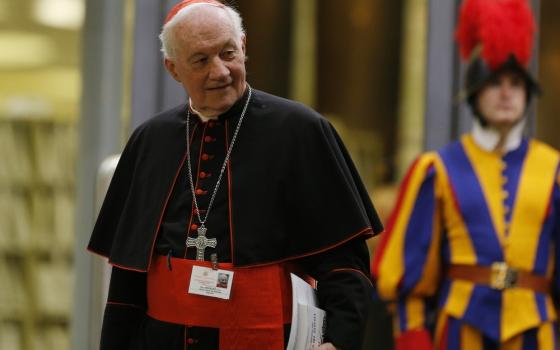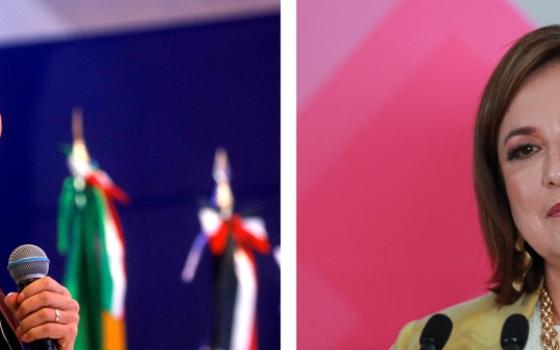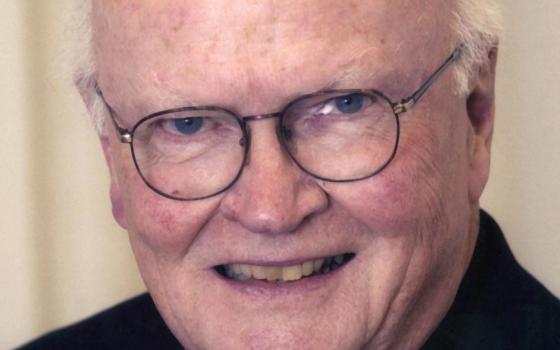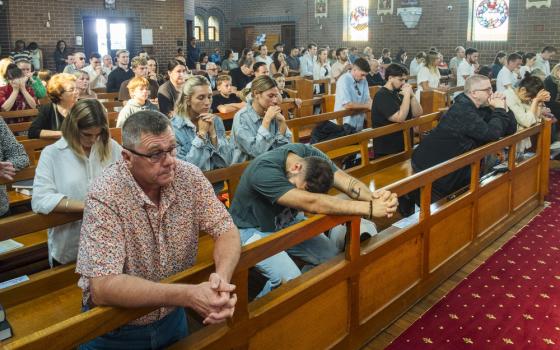The second week of international climate talks in the oil-rich, Middle East nation of Qatar -- or the global leader in per capita carbon emissions -- began Monday.
As par for the course, little action occurred in the first seven days. If any significant outcome is reached, expect it to come in the waning hours of the COP 13 United Nations conference, which concludes Friday.
What still looms is the future of the Kyoto Protocol. The only binding, international agreement for carbon emissions regulation is set to expire at the end of the month.
Supporters of Kyoto hope to see an agreement reached to extend the commitments of participating nations through 2020, while work continues on a universal agreement for all U.N. nations to begin that same year, with its ratification targeted for 2015.
The expiration of Kyoto's first commitment period offers a chance to review its history, evaluate its significance and ultimately, analyze its success.
The Kyoto Protocol was adopted Dec. 11, 1997, at the third session of the Conference to the Parties (otherwise known as COP 3) in Kyoto, Japan. The agreement was the first attempt at an internationally binding deal to curb emissions of greenhouse gases, seen as a primary factor to global warming.
"The main goal was to get industrialized nations to get a start on reducing greenhouse gas emissions, and at the time they were pretty reasonable," said David M. Konisky, an assistant professor at Georgetown University's Public Policy Institute.
The target? To limit carbon emissions to five percent below 1990 levels between 2008-2012, in an attempt to curb global temperature rise to 2 degrees Celsius, when compared to pre-industrial times.
Those goals were modestly ambitious and pretty reasonable for the time period, said Konisky, whose research focuses on environmental justice and regulation, in addition to public attitudes about energy and the environment.
As an initial step to engaging the climate problem, the Kyoto Protocol was limited to industrialized nations, with 37 countries signing on to the agreement.
U.S. against them
Noticeably absent was the United States, who signed the protocol in Nov. 1998, but never ratified the deal; the Senate rejected it. With a 95-0 vote, the Byrd-Hagel Resolution passed, declaring the U.S. should not sign any international greenhouse gas-limiting protocols that exclude developing countries – particularly large carbon emitters China and India – or result in serious harm to the economy.
That belief hasn't changed much in the time since, Konisky told NCR.
"There's many in the United States right now who are in favor of a binding set of greenhouse gas emissions limitations," he said. "That isn't to say people don't care about the issue, but I think people might look for alternative approaches and not obligate the United States in any way to an international agreement."
Kyoto did, however, include mechanisms, such as the clean development mechanism, to begin the conversation in developing countries about reducing their emissions, too – starting with "baby steps to get the developing world on board," Konisky said.
A second commitment to Kyoto still will omit developing countries, and thus is not likely to include the U.S., either. Other countries have announced their intention to decline participation as well, including Canada, Japan, Russia and New Zealand.
Those still committed to Kyoto include Australia and the 27 nations in the European Union, as well as several European countries outside the union.
Imagining a U.S. commitment
Given the unlikelihood of joining a binding treaty any time soon, it is difficult to envision what implementing Kyoto in the U.S. would look like.
Konisky said the protocol provided carbon targets, but left a large amount of discretion to individual countries in determining how to meet them. A U.S. approach to curbing carbon, he said, would likely come by way of a similar refrain of policies heard in recent years — for starters, any combination of a cap-and-trade program, a carbon tax, or a clean energy performance standard.
As would be expected, such policies would likely hit the fossil fuel industry and electricity-producing sector of the economy the hardest, and ultimately funnel down to the consumer.
What such costs would amount to is difficult to project – for both industries and individual people – without knowing the exact policies, Konisky said.
The Waxman-Markey Bill of 2009 offers a lens to explore such a cost. In proposing to establish the U.S.'s first cap-and-trade program, California Rep. Henry Waxman's bill called for a 17 percent reduction in carbon emissions by 2020 and 83 percent reduction by 2050, when compared to 2005 levels.
An EPA analysis estimated the cost of implementing the bill would add an additional $80-111 per household each year, while the nonpartisan Congressional Budget Office projected the annual cost at $175 per household. Opponents of the bill said the estimates were too low and failed to consider the possible loss of jobs the bill would cause.
The actual costs were never confirmed, however, as the bill died in the Senate after passing in the House in June 2009 by seven votes.
Market fluctuations, such as the dramatic price drop in natural gas, would further complicate projections of carbon-reduction policies, Konisky said.
Did Kyoto work?
With a world divided on its future, did Kyoto succeed in reducing carbon emissions?
While some figures approximating carbon outputs for individual countries have been released, the U.N. is not expected to calculate exact reductions resulting from the treaty until 2014, according to the U.K.'s Guardian. Recent scientific reports, one from the World Bank, project a temperature rise of 4-to-6 degrees Celsius by 2100.
"I don't think [the Kyoto Protocol] was ever viewed as a vehicle for reaching stabilization of the climate or anything to that degree," said Konisky, adding that reports like the World Bank's suggest a far different scene than what existed 15 years ago.
"I think any new agreement, which was really trying to address the problem, would have to be a much more significant in terms of binding emissions reductions," he said. "Hard to achieve, of course, but I think the science has moved us to a point where more needs to be done than is currently existing in the Kyoto Protocol."
While some countries will continue restricting carbon emissions through a second Kyoto commitment, others nations, and even some U.S. states, will move forward with their own climate change policies while a universal agreement is negotiated. But until the big three – the U.S., China and India – make serious commitments, Konisky said, the climate obstacle will be difficult to overcome.
"I think these international meetings will continue, and they'll continue to be serious, but until those three nations agree to agree, I think it's really hard to come up with a formula where the climate problem is fully and comprehensively addressed," he said.




